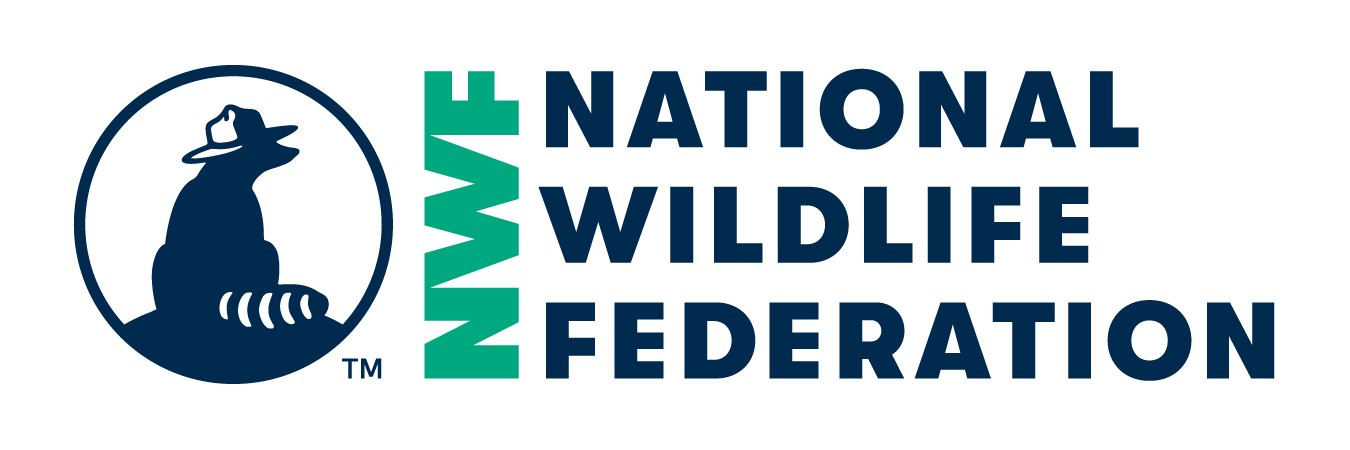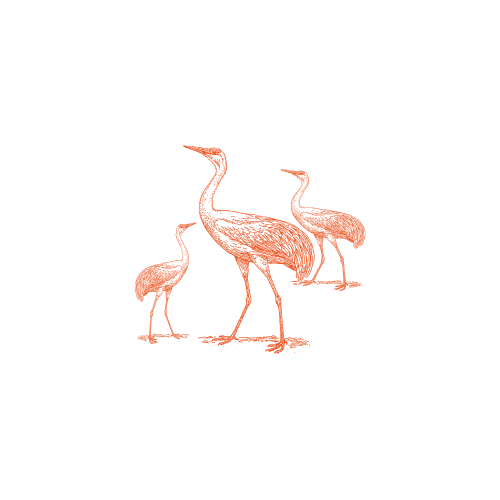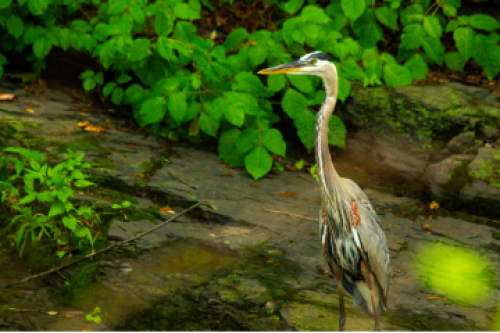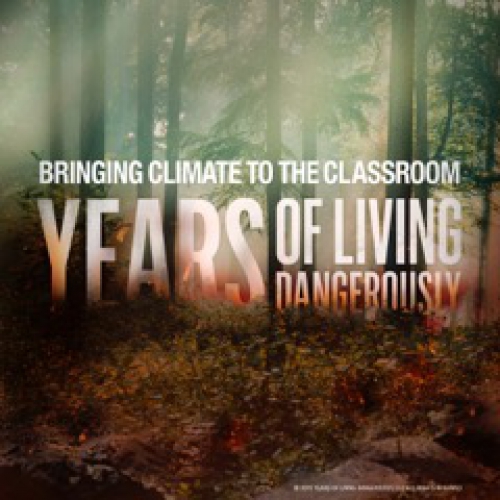
Colleges and universities are more than collections of buildings and roads. Campuses also usually have gardens, landscaped areas, wetlands, woods and other green spaces. These green areas provide homes for wildlife, sometimes threatened and endangered plants and animals.
Scientists estimate up to one-third of U.S. species are at increased risk of extinction, and more than 1,600 U.S. plants and animals already have been federally listed as threatened or endangered and protected under the Endangered Species Act. Endangered species cannot recover without the help of humans, including college and university students, faculty and staff.
These green spaces provide outdoor classrooms for students and also act as carbon sinks and filter storm water runoff, among other important functions.
Student Actions- what can you do to improve habitats for wildlife?

Work with facilities to protect and restore wildlife-friendly habitats on campus and increase the use of native plants.

Start a nature-themed student organization on campus that identifies and documents wildlife on and around your campus and help educate and bring awareness about these wildlife species.

Engage with faculty who are doing wildlife research.
As institutions of higher learning, colleges and universities often use their green spaces as outdoor learning laboratories. Students may get hands-on training in sustainable agriculture and gardening, for example, or learn about field research methods for endangered species identification and conservation.
Green spaces also help conserve energy and water, saving money for colleges and universities. Green roofs provide insulation for buildings and filter storm water. Strategically placed vegetation can help cool buildings and outdoor spaces in the summer, while allowing the sun to provide heat in the winter.
Forests, grasslands and other habitats can act as carbon sinks, absorbing and storing carbon dioxide in wood and soils and sequestering it from the atmosphere. And last, but certainly not least, campus green spaces can provide homes for wildlife, including threatened and endangered plants and animals.
Interested in pursuing a habitat and wildlife career? Check out the habitat and wildlife careers outlook in the EcoLeaders Career Center to learn more about careers in the field, hear from professionals, and map out your career plan.










